King salmon, also known as chinook salmon, are among the largest and most sought-after species of Pacific salmon. They are iconic for their impressive size, their remarkable migration journeys, and their delicious taste. These magnificent fish play a crucial role in marine ecosystems and have cultural significance for many indigenous peoples.
Basic Info
- Common Name: King salmon (chinook salmon)
- Scientific Name: Oncorhynchus tshawytscha
- Group Name: Salmonidae (salmon family)
- Average Life Span In The Wild: 3-7 years
- Size: Up to 1.5 meters (5 feet) in length
- Weight: Up to 60 kilograms (130 pounds)
Behavior
King Salmon are anadromous, meaning they are born in freshwater, migrate to the ocean to grow, and return to freshwater rivers to spawn. They are known for their powerful upstream migration, where they leap and navigate challenging river currents to reach their spawning grounds. This migration is not only a critical part of their life cycle but also an extraordinary display of endurance and strength.
How to Identify
King salmon can be distinguished from other salmon species by several key characteristics:
- Size: They are the largest of all Pacific salmon species.
- Color: Their color varies throughout their life cycle. As juveniles, they are silvery with dark spots. During their spawning migration, they develop a bright red or orange color, especially in males.
- Mouth: They have a large mouth with small teeth.
- Scales: Their scales are relatively large and easily visible.
- Fin Shape: Their dorsal fin has 11-15 rays.
King salmon are truly remarkable creatures, known for their size, strength, and their epic migrations. Their role in marine ecosystems and their cultural significance make them a species worthy of admiration and respect. As we continue to appreciate and protect these majestic fish, we can help ensure their survival for generations to come.
Some pictures of King Salmon
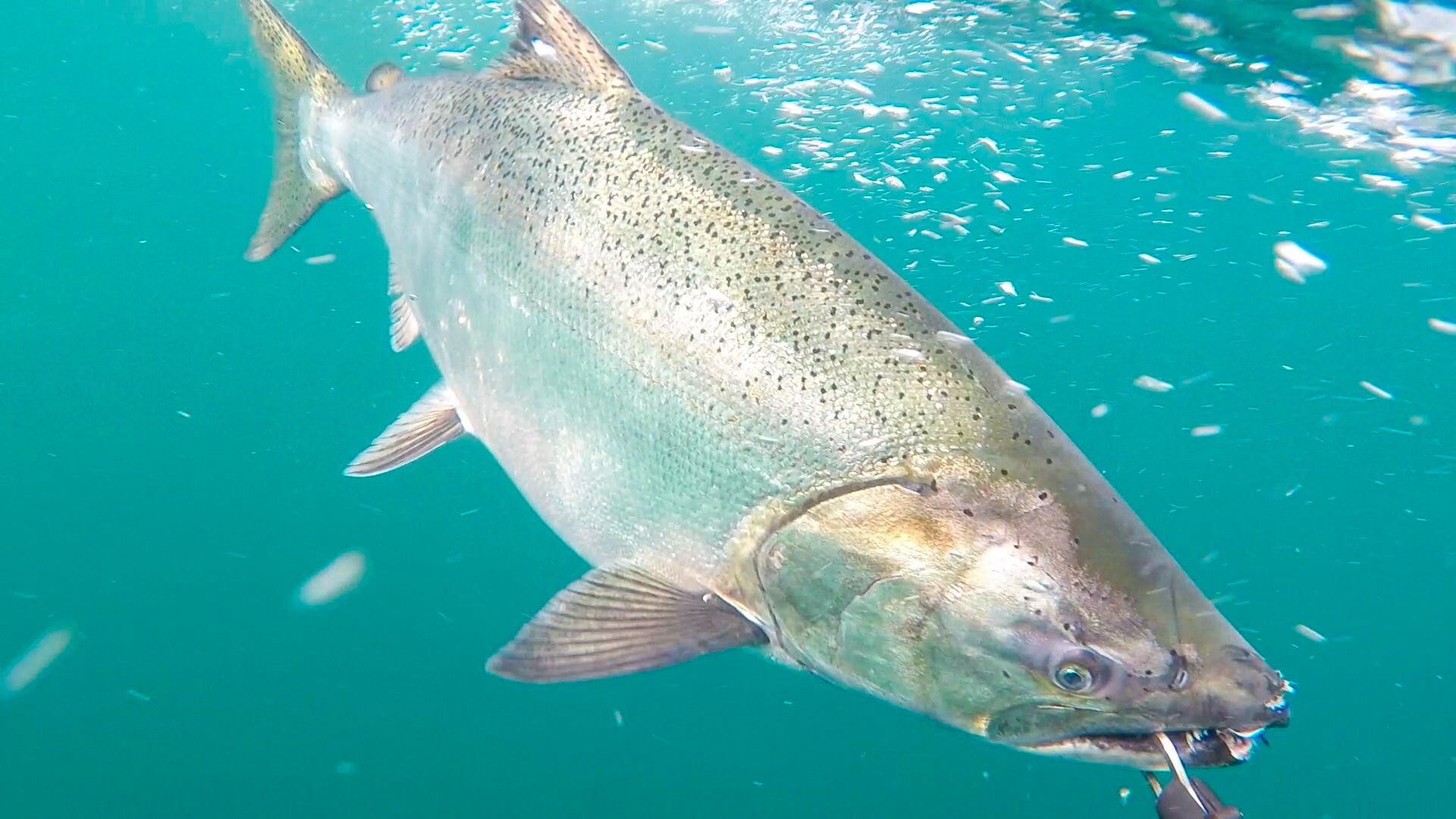


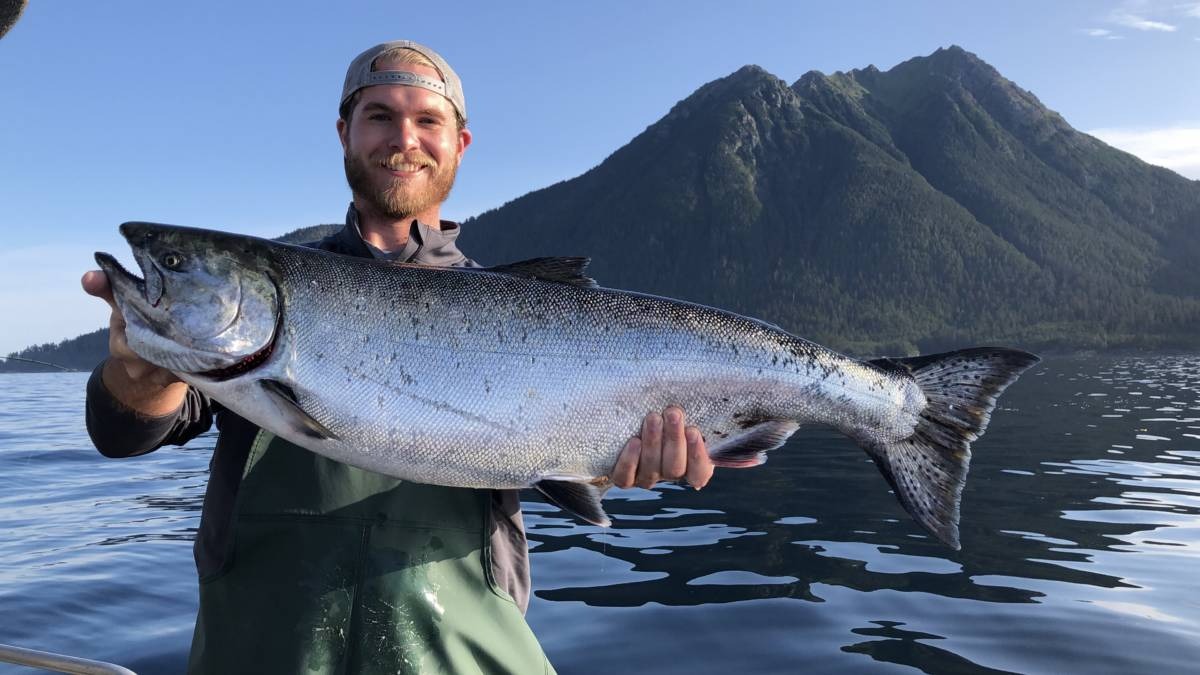
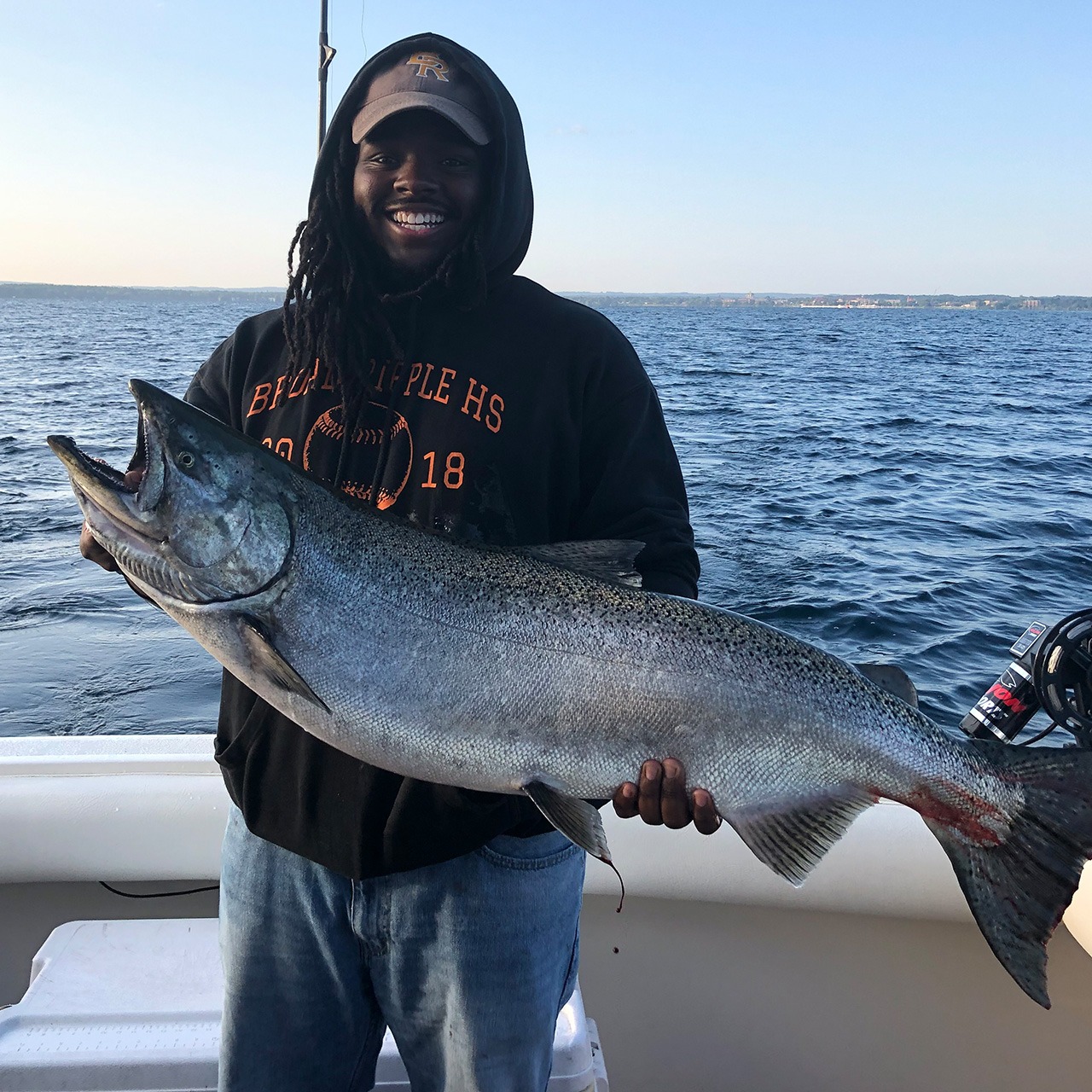
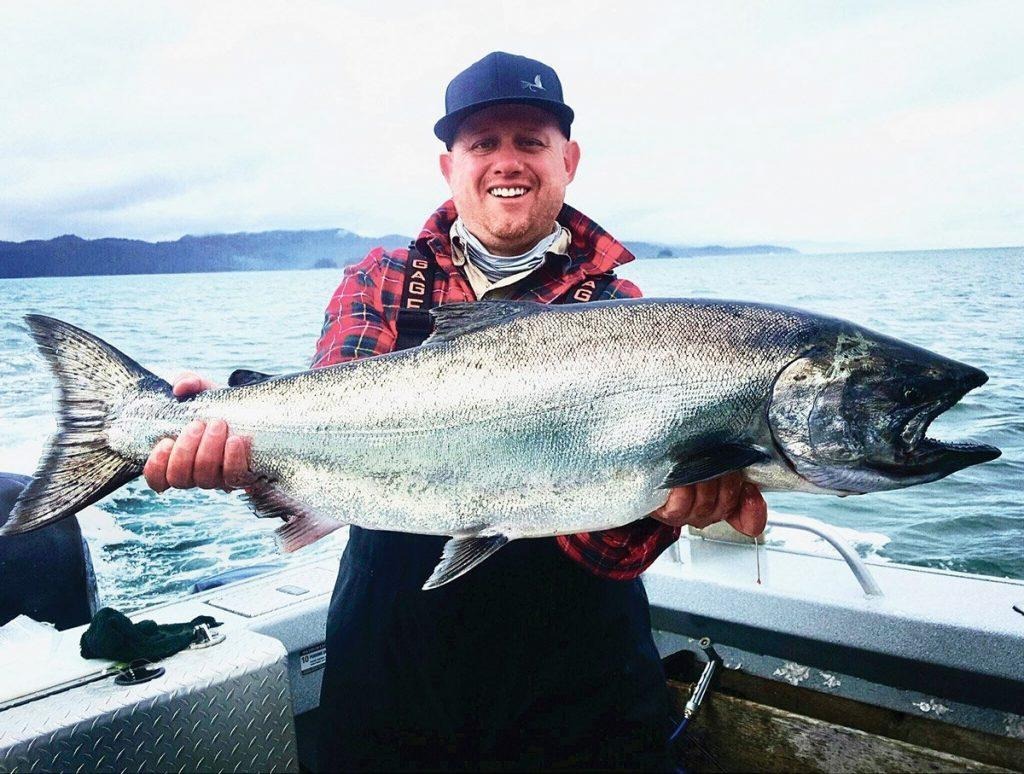

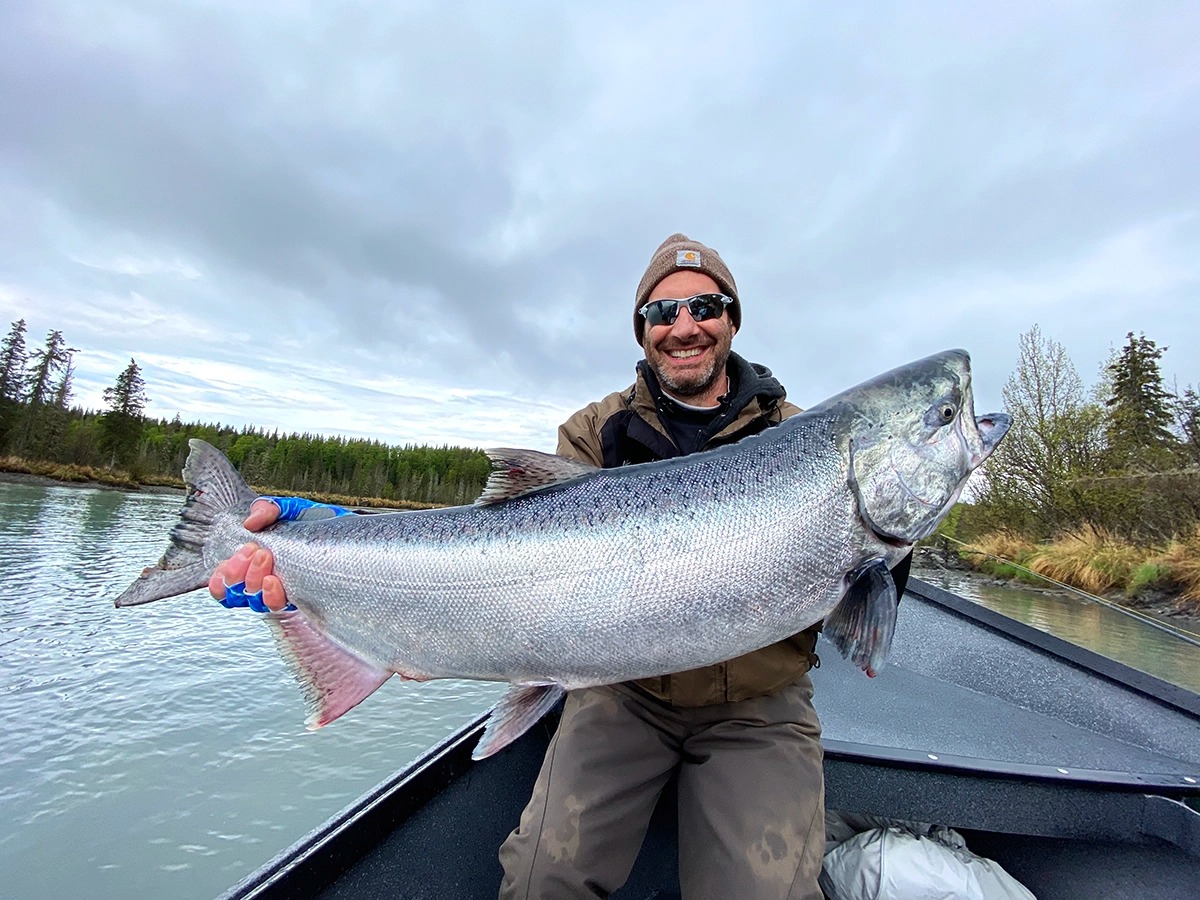
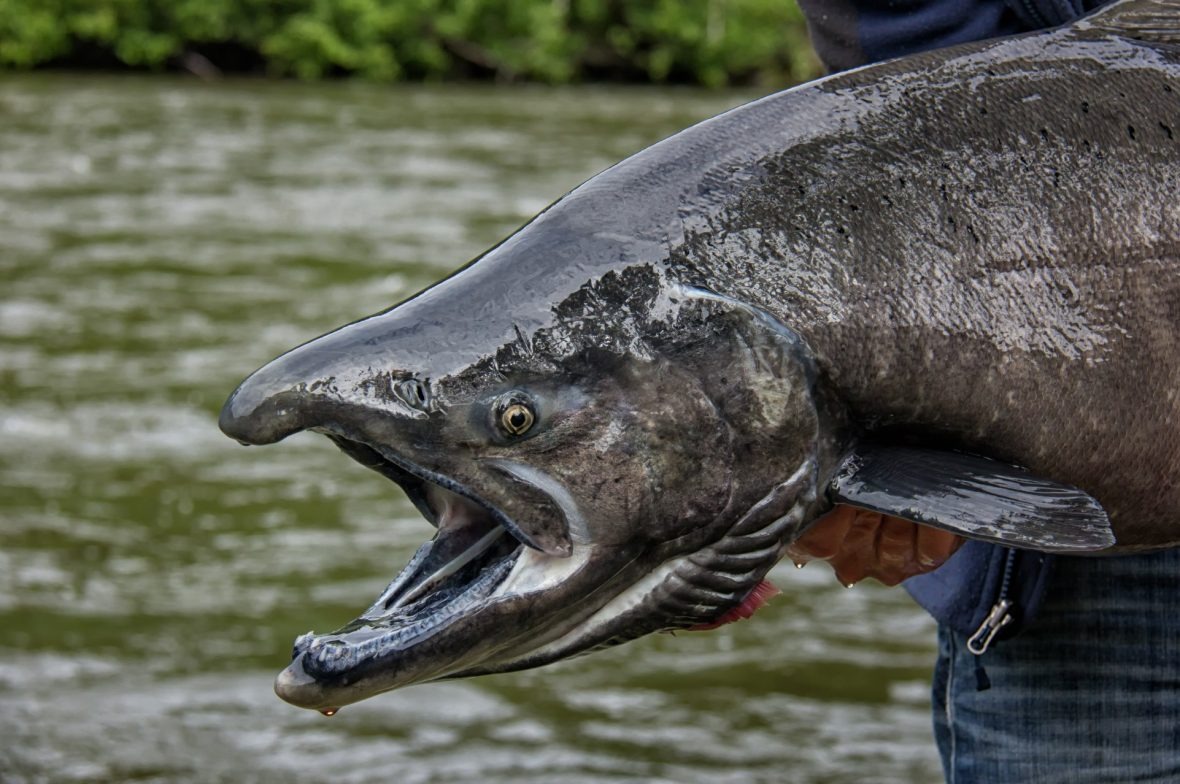
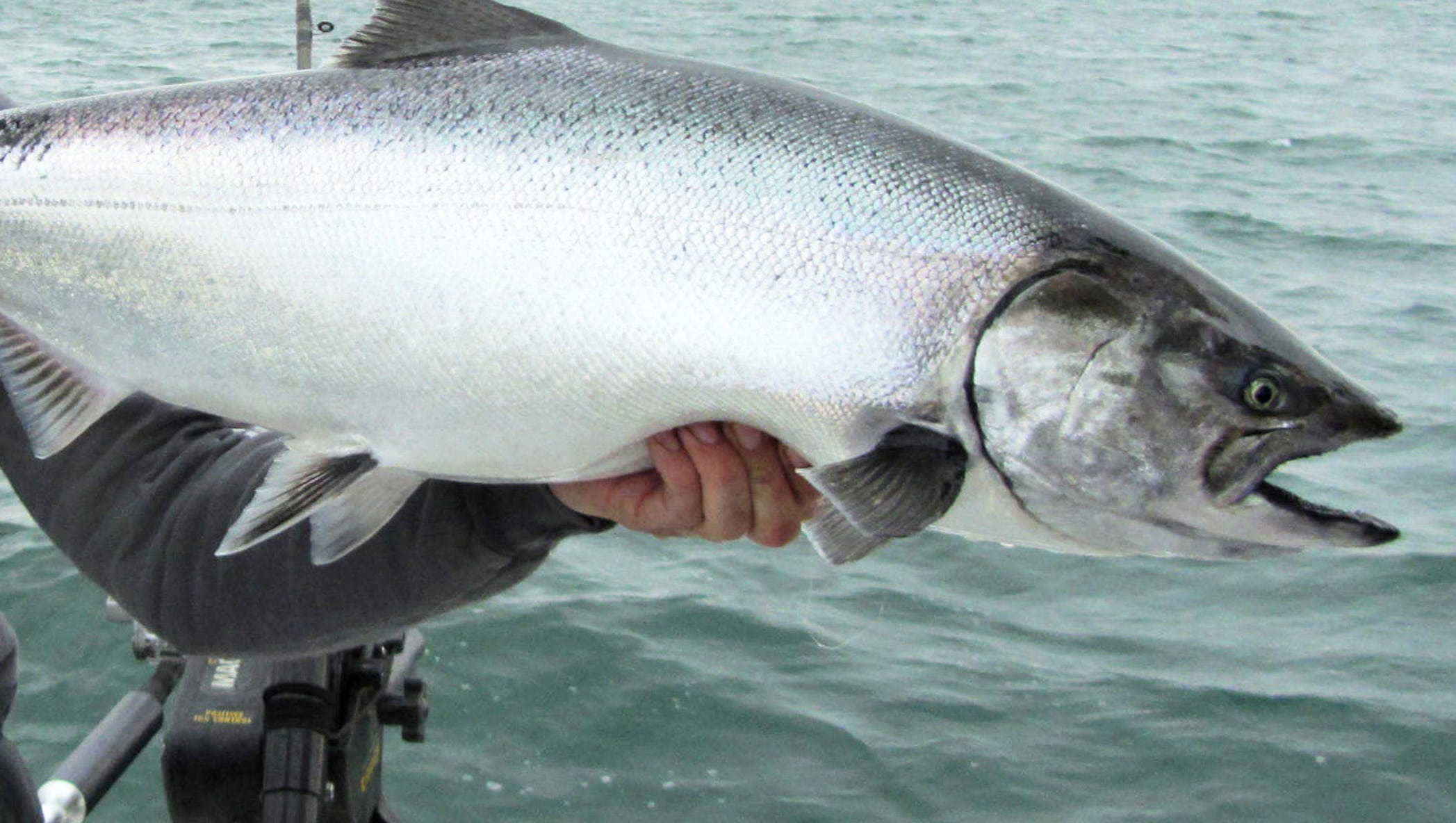

Robert Smith is the proud owner of Bait Barrels and Bows, a premier fishing sports store established in 1989. With over three decades of experience in the industry, Robert has honed his skills to become an expert angler, sharing his vast knowledge and passion for fishing with enthusiasts around the world. Through his store and writings, Robert provides invaluable tips and guidance, helping both novice and seasoned anglers improve their techniques and enjoy the sport to its fullest. His commitment to the fishing community is evident in his dedication to quality products and excellent customer service.

